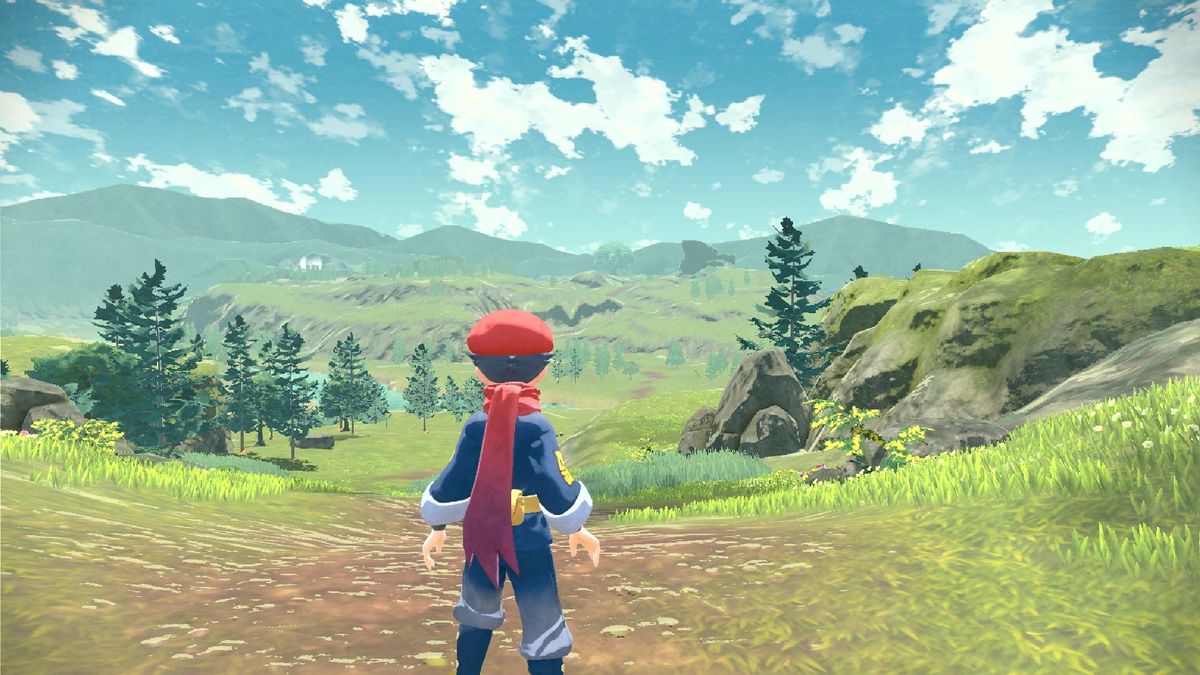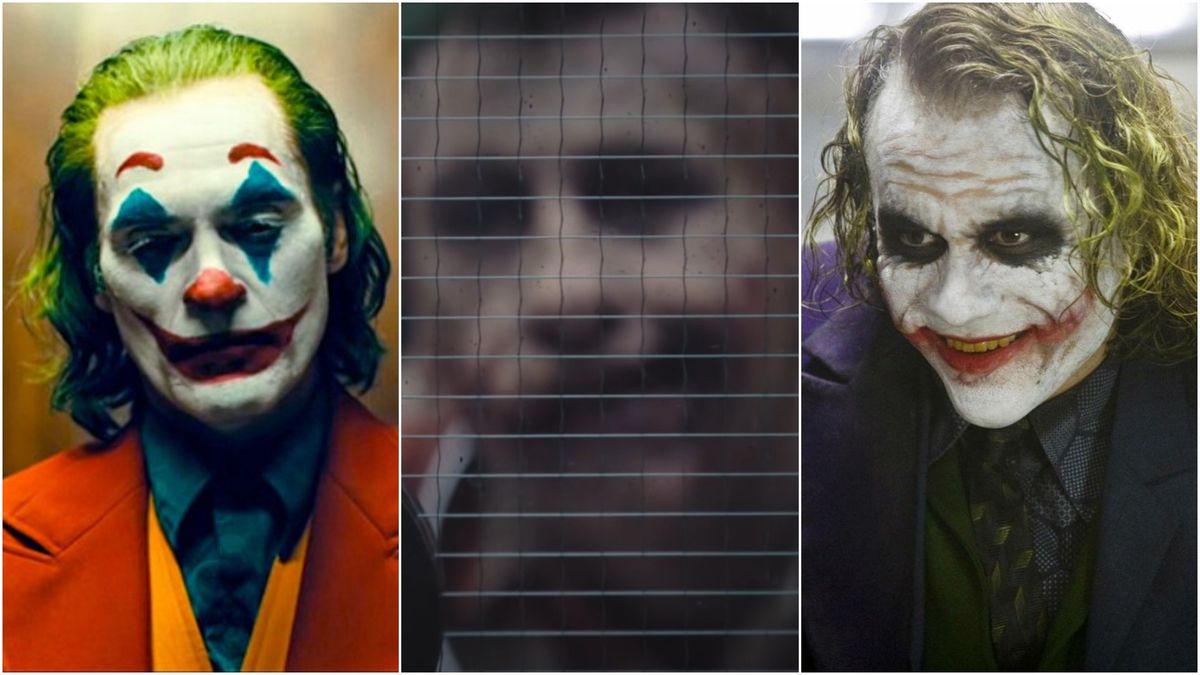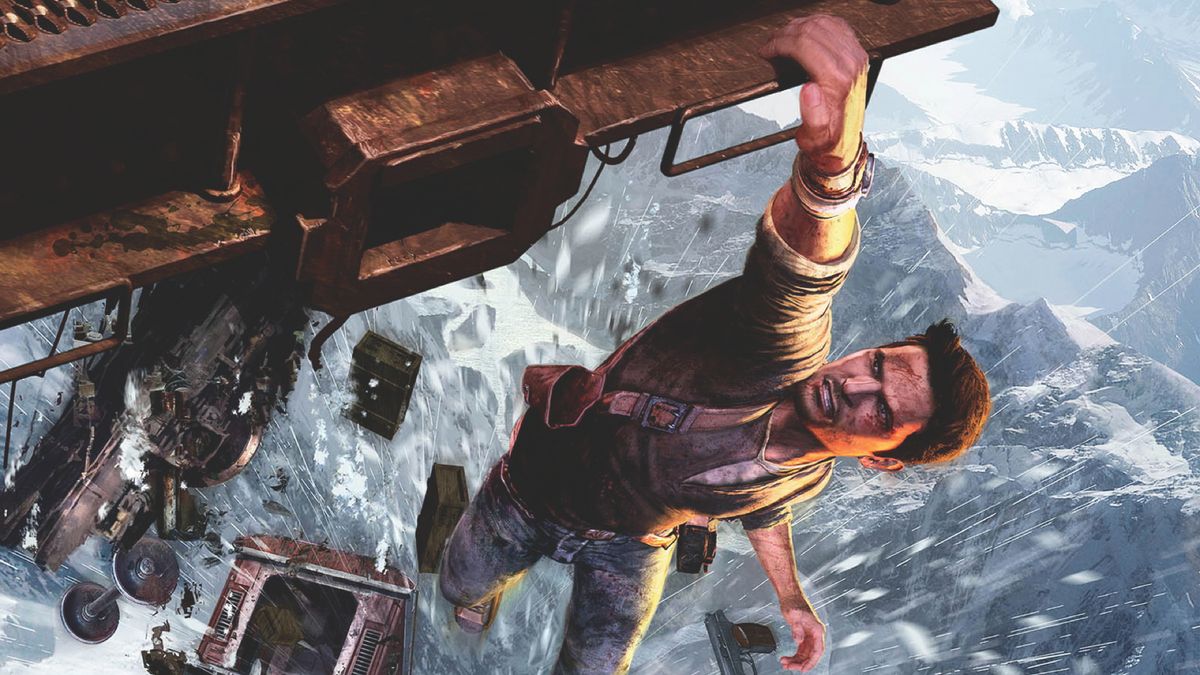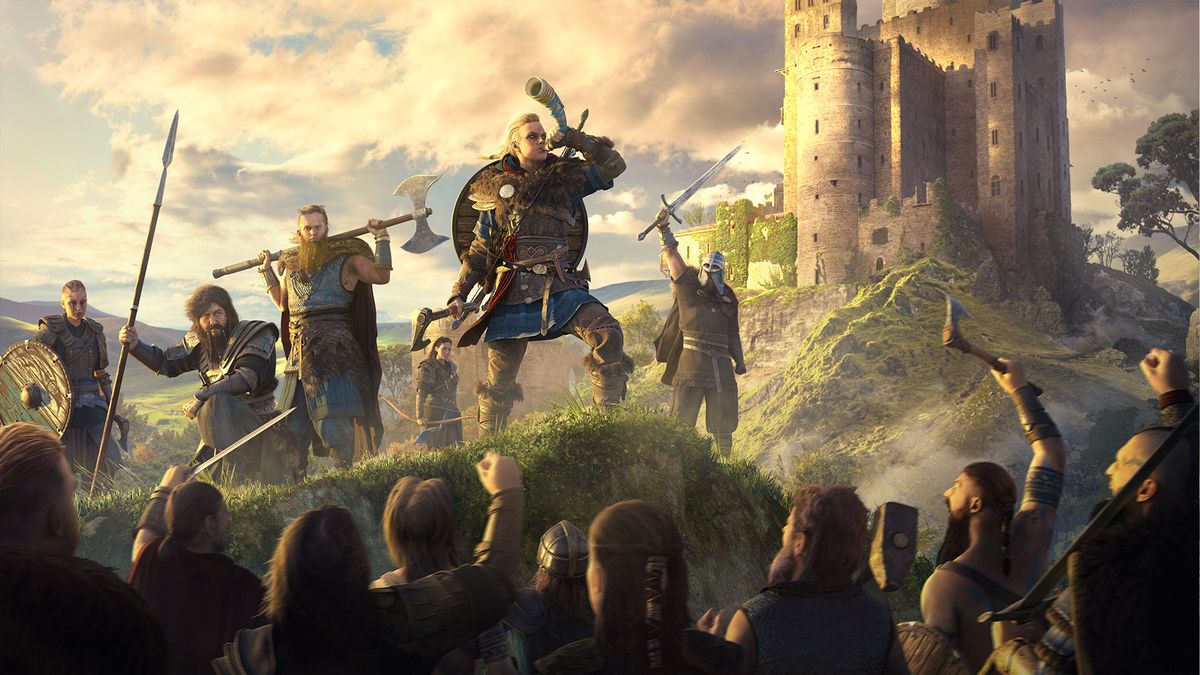A New Hope – the very first Star Wars movie – is 41-years-old this week, and if you’re reading this, you probably care enough about Star Wars to have seen at least two versions of the 1977 original. You’re also probably aware the theatrical version went through multiple changes even before creator George Lucas slipped into revisionist madness decades later (honestly, making Han shoot first feels like a nuanced tweak compared to this pointless CGI rubble (opens in new tab)). What you might not know, however, is that A New Hope bears little resemblance to Lucas’s original vision. The success of the biggest movie franchise in the world isn’t down to the creativity of one man, but scores of talented people who helped shape his idea. Read on for the story of A New Hope’s journey from script to screen – a tale of failed auditions, unsung heroes, and studio worries about naked Wookies…
The Star Wars

The best way of seeing exactly how weird and different A New Hope could have been is by seeking out The Star Wars (opens in new tab) comics. But if you just want a pithy summary of exactly what happens, you’re reading the right feature.
The Star Wars is a faithful recreation of George Lucas’s original script, and it’s… odd. There’s lots of superficial stuff: Han Solo looks like Swamp Thing; one of the good guys is proto-Vader; the Wookies are basically Rogue Squadron. But the big difference is with the story.

For starters, you can lose the ‘long ago’ part of the Star Wars crawl; Lucas’s original tale takes place in the 33rd Century. And while Luke Skywalker does feature, he’s not the tousle-haired youngling from A New Hope. Instead, he’s an experienced general who comes to the aid of his friend and protagonist Kane Starkiller. In the story, the Jedi-Bendu are the bodyguards of a benevolent Emperor, fighting against the villainous Knights of Sith. The young Annikin Starkiller, son of Kane, becomes Luke Skywalker’s padawan, and the two team up to protect new ruler Princess Leia – a concept revisited years later with Obi-wan, Qui-Gon Jinn, and Amidala in The Phantom Menace (opens in new tab).
After rescuing Leia, they journey through the Jundland Wastes to the spaceport of Gordon – an less convincing name for a wretched hive of scum and villainy than Mos Eisley – where they meet Kane’s friend, Han Solo. But instead of being a dashing human smuggler, Solo is an Urellian; a green-skinned, reptilian species with a passion for hunting Wookiees.

Kane sacrifices himself while the heroes are fleeing from Imperial patrols, they meet a Wookie named Chewbacca, and Leia is recaptured by Imperial forces and taken to a Space Fortress (essentially a knock-off Death Star). It builds to a suitably heroic climax, where Annikin saves Leia and Luke destroys the Space Fortress alongside a squadron of Wookies. That’s the short version: if you want more details, there’s a comprehensive summary of Lucas’s script here (opens in new tab).
The most interesting thing about The Star Wars is seeing how Lucas’s embryonic ideas became more refined. Recognisable motifs are everywhere, such as Kane’s cybernetic body, and the repeated themes of sacrifice and destiny. It’s encouraging stuff for anyone struggling with the creative process. Lucas’s original draft proves even the most iconic stories can have muddled origins, and that the iteration is a crucial part of writing. And if the galaxy’s greatest rogue can begin life looking like a sentient cabbage, there’s hope for us all.
Casting and concepts

Even when Lucas’s ideas came together, there were still significant changes in store for A New Hope. Ralph McQuarrie’s art is a good place to start. Chewbacca’s initial design was more bug-eyed and batlike – a concept later used for Zeb from Star Wars Rebels. There was also some consternation from the studio, who apparently thought that a bandolier wasn’t enough clothing for a Wookie. Because of this, McQuarrie also did some designs of Chewy wearing a fetching pair of shorts, which somehow, looks even weirder than when he’s almost naked.
The casting could also have been different. The list of people who could have been Han Solo is especially good: names on the list include Sylvester Stallone, Kurt Russell, Al Pacino, Nick Nolte, Christopher Walken, and, perhaps most unbelievable of all, Robert Englund. Yes, that Robert Englund. The famous anecdote is that after being rejected from the part, Englund told his friend Mark Hamill to audition for the ‘space movie’ that would change his life.

Leia’s casting also includes some weird names. Up against Carrie Fisher were American Graffiti star Cindy Williams – who found fame as Shirley Feeney in Happy Days – and Terri Nunn, a sometime actress who went on to become the lead vocalist for the ‘80s new wave group Berlin (who did Take My Breath Away (opens in new tab)). It’s a great pub fact for the next time you need to force a link between Star Wars and Top Gun.
Perhaps the most well-known casting change is Declan Mulholland. A scene was shot for A New Hope with the Irish actor playing the role of Jabba the Hut (back then it only had one ‘t’). The scene didn’t make the final cut of the movie, and Lucas has since said he always intended to replace Jabba with a stop-motion alien. There are two issues here: firstly, Mulholland is clearly in costume. Secondly, Han Solo circles Jabba while they’re talking – an issue which even caused difficulties for Industrial Light and Magic when the scene was replaced in the Special Edition years later. There’s a great breakdown of the Jabba conspiracy – because yes, that’s what I’m calling it now – here (opens in new tab).
Marcia Lucas – the forgotten hero of Star Wars

Finally, we need to talk about Marcia Lucas, the forgotten hero of A New Hope. She worked as editor on all three Star Wars films, although she’s uncredited on The Empire Strikes Back. She’s also the only Lucas to win an Oscar, which she got for best film editing on A New Hope. Marcia also suggested numerous changes that not only altered the course of the movie, but the series as a whole. Star Wars would be unrecognisable without her input.
Marcia’s most notable suggestion is Obi-Wan’s death. In George’s draft, Kenobi survives the first confrontation with Vader. Marcia suggested that Vader should kill him instead – an idea George Lucas initially resisted – but she argued that Obi-wan’s sacrifice defines the struggle in A New Hope. It’s hard to imagine Star Wars without this scene. It adds personal threat to the antagonists, and provides powerful motivation for the heroes. Luke, an orphan who’s just lost his aunt and uncle, sees a potential father figure and mentor die in front of him, just as his life is given new purpose. It’s a smart way of forcing him into the rebellion, which accelerates him from petulant child to trainee Jedi over the course of a few hours, and it cements his relationship with Han and Leia.

Her other big change was to the finale of the film. She recut the trench run scene to increase the tension, and place the emphasis on Luke’s final attack on the Death Star. In George’s draft, Luke has two runs at the exhaust port, but Marcia reordered the shots. In her words, “If the audience doesn’t cheer when Han Solo comes in at the last second in the Millennium Falcon to help Luke when he’s being chased by Darth Vader, the picture doesn’t work.” Try to imagine that scene without Han’s last-minute intervention – it’s basically impossible.
Marcia Lucas also made another small addition, which fans loved at the time: just before Luke and Leia swing across the gap in the Star Destroyer, Leia gives Luke a peck on the cheek, ‘for luck.’ This was Marcia’s idea, and was presumably written in before anyone knew they were related. Again, George wasn’t keen on the idea – you could argue his later films prove he’s uncomfortable with romance – but it went down so well with preview audiences they decided to keep it in.
George and Marcia Lucas divorced in 1983, after which she disappeared from the public life. As well as being an incredible talent – filmmaker John Milius described her one of the best editors he knew – Marcia Lucas’s contributions really do change the tone of A New Hope. As Mark Hamill said in a 2005 interview with Film Freak Central, “She was really the warmth and the heart of those films, a good person [George] could talk to, bounce ideas off of, who would tell him when he was wrong.”
Want to know more?

If you want to dig deeper into the origins of A New Hope, start with The Secret History of Star Wars (opens in new tab) – a comprehensive site dedicated to the history of the franchise. You should also check out the following:
 Game News Video Games Reviews & News
Game News Video Games Reviews & News



